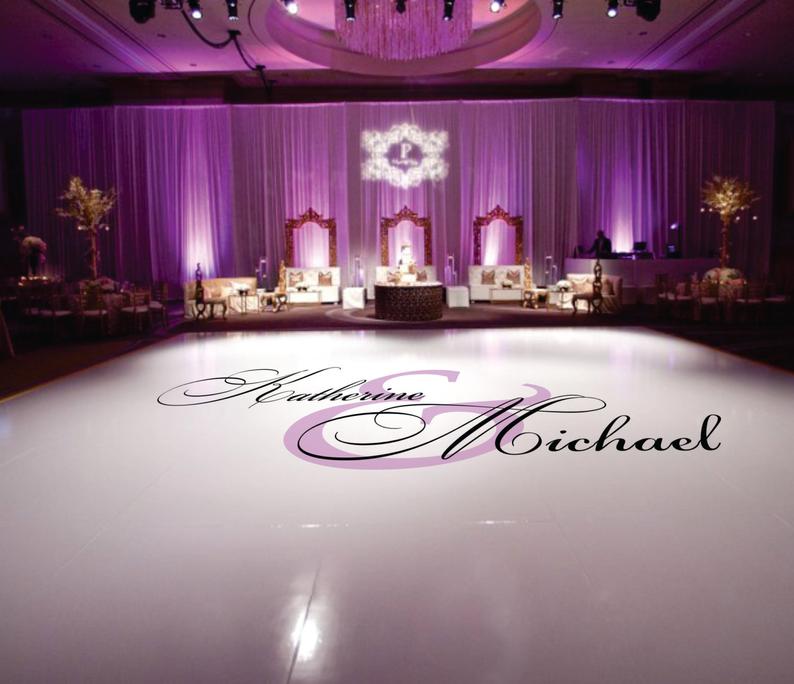Interactive light-emitting diode dancing floors have become progressively popular in multiple entertainment locations, such as nightclubs, concerts, and gatherings. These floors use advanced tech to generate vibrant lighting showcases that respond to music and movement. As technology keeps to advance, several innovative design trends are influencing the prospects of these responsive dance surfaces. These patterns not only enhance the aesthetic experience but also boost participant involvement and forge a more engaging atmosphere for dancers and audiences alike.

One notable pattern in interactive LED dancing surfaces is the integration of intelligent technology. Many recent designs feature detectors that detect motion and adjust the illumination accordingly. This implies that the floor can alter colors, designs, and effects based on how numerous people are moving and where they are located. This responsiveness fosters a dynamic setting that encourages involvement and excitement. Additionally, some models allow participants to control the illumination through mobile apps, providing them the power to tailor their experience in the moment.
Another important pattern is the use of eco-friendly resources and energy-efficient tech. As ecological issues grow, many creators are focusing on developing LED dancing floors that are not only aesthetically stunning but also sustainable. This includes utilizing recycled resources for the surface's building and implementing power-efficient LED illumination. These innovations assist reduce the carbon impact of events while still offering a captivating visual encounter. By focusing on sustainability, creators are appealing to a more ecologically conscious audience.
The integration of augmented virtual reality (AR) is also changing the interactive dancing floor experience. AR tech enables users to view digital images and visuals overlaid on the physical environment through their smartphones or AR spectacles. This can enhance the dance surface experience by adding digital elements that engage with the physical environment. For example, dancers might witness animated characters or visual effects that respond to their actions, creating a distinctive and engaging environment. This pattern is particularly appealing to millennial crowds who are accustomed to virtual engagements in their daily lives.
Additionally, the design of interactive light-emitting diode dance floors is growing more flexible and adaptable. Many new designs can be easily installed in different environments, from temporary events to long-term installations. This adaptability enables venues to create tailored experiences that cater to various led dance floor with dance challenges concepts and audiences. Some models even include modular components that can be reconfigured to form different shapes and layouts. This flexibility not only improves the aesthetic appeal but also enables for artistic expression in event organization.
In conclusion, the prospects of responsive LED dance floors is being shaped by creative styling trends that focus on technology, eco-friendliness, enhanced virtual reality, and flexibility. These advancements are creating more immersive and captivating encounters for users, making dancing surfaces a key feature of entertainment locations. As these patterns continue to evolve, they will probably redefine how individuals engage with music and movement, ensuring that responsive light-emitting diode dancing floors remain a favored choice for gatherings and festivities.
Comments on “Innovative Design Trends Molding the Future of Interactive Light Emitting Diode Dance Surfaces”